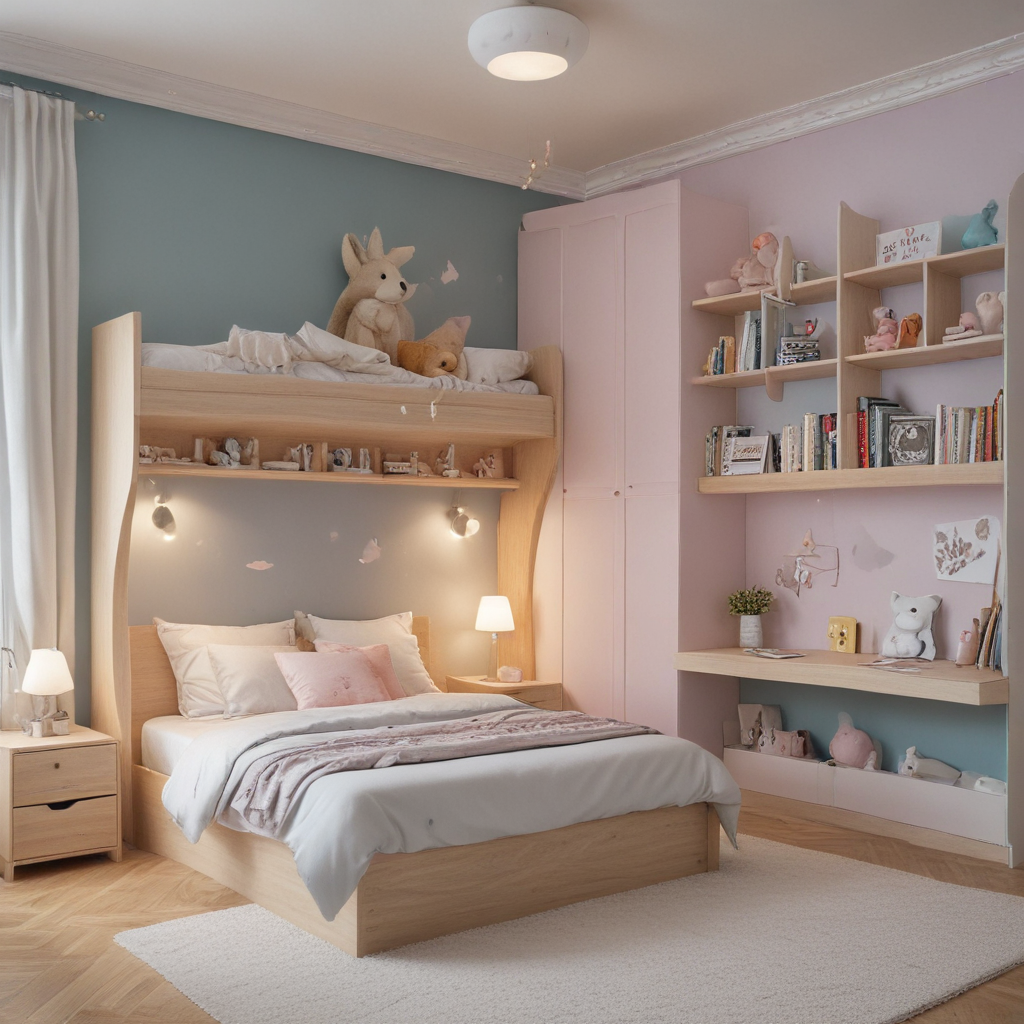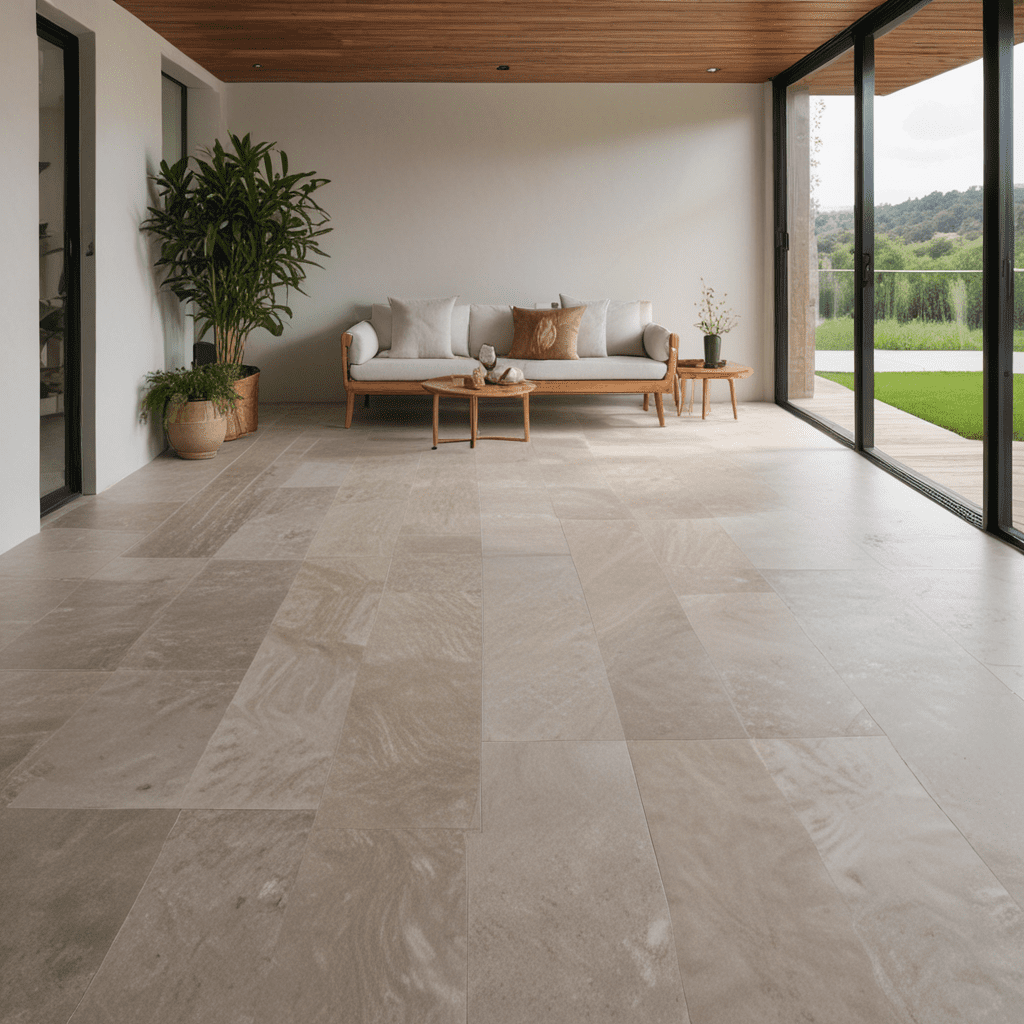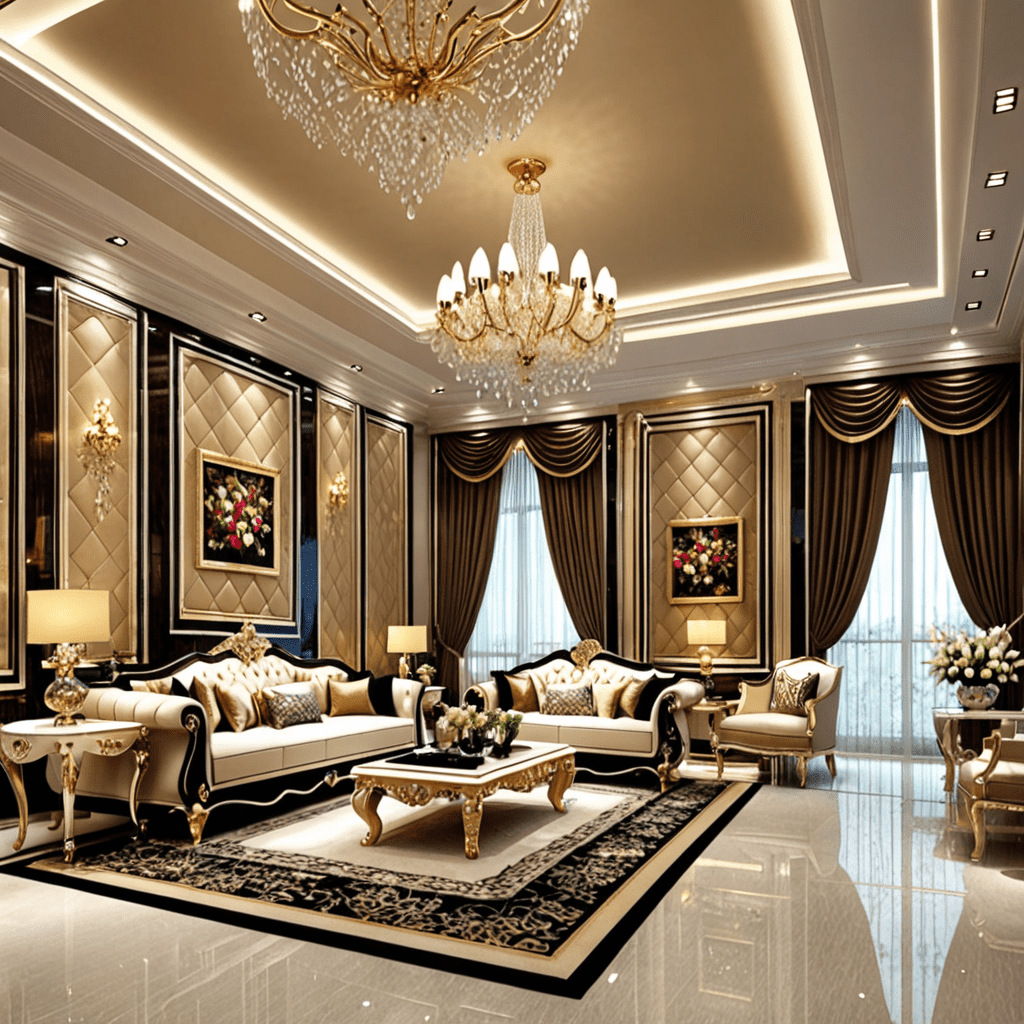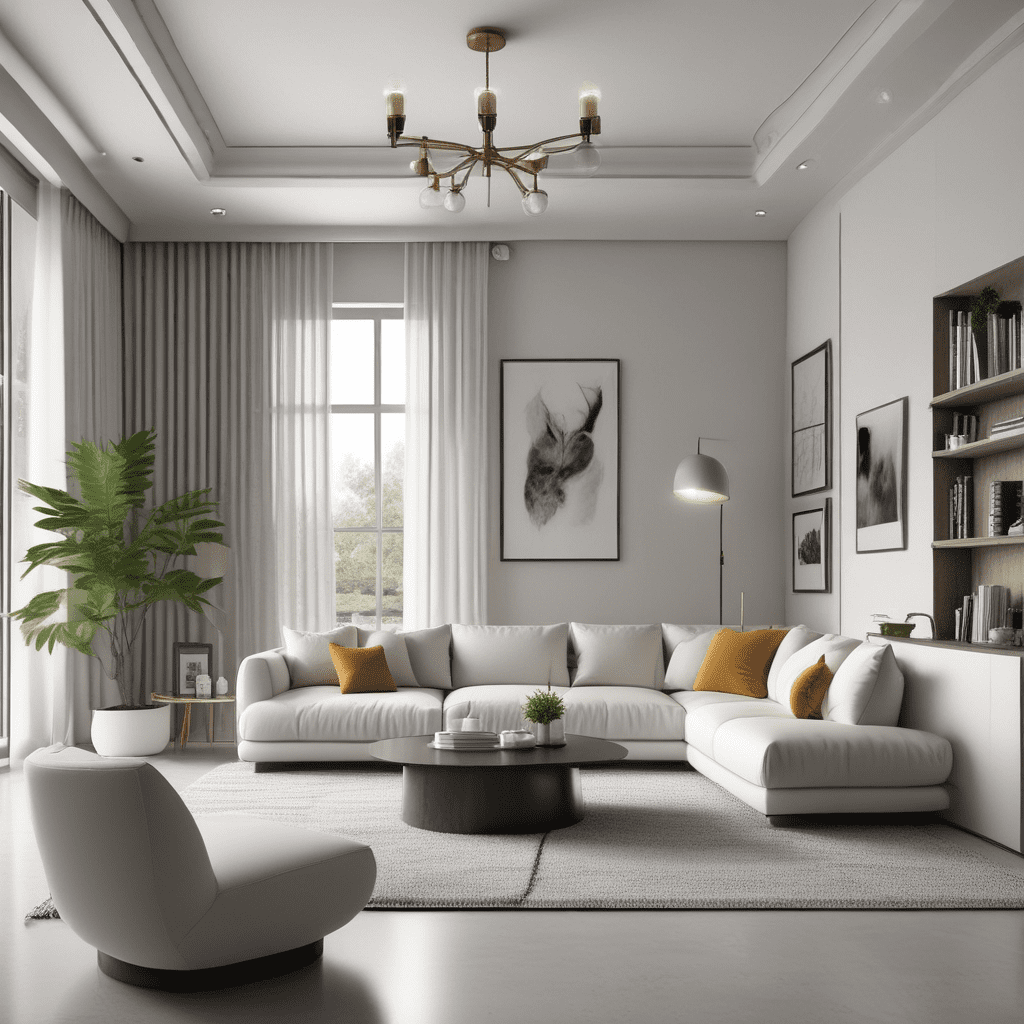Transform Your Space with Stunning Plants in Interior Design
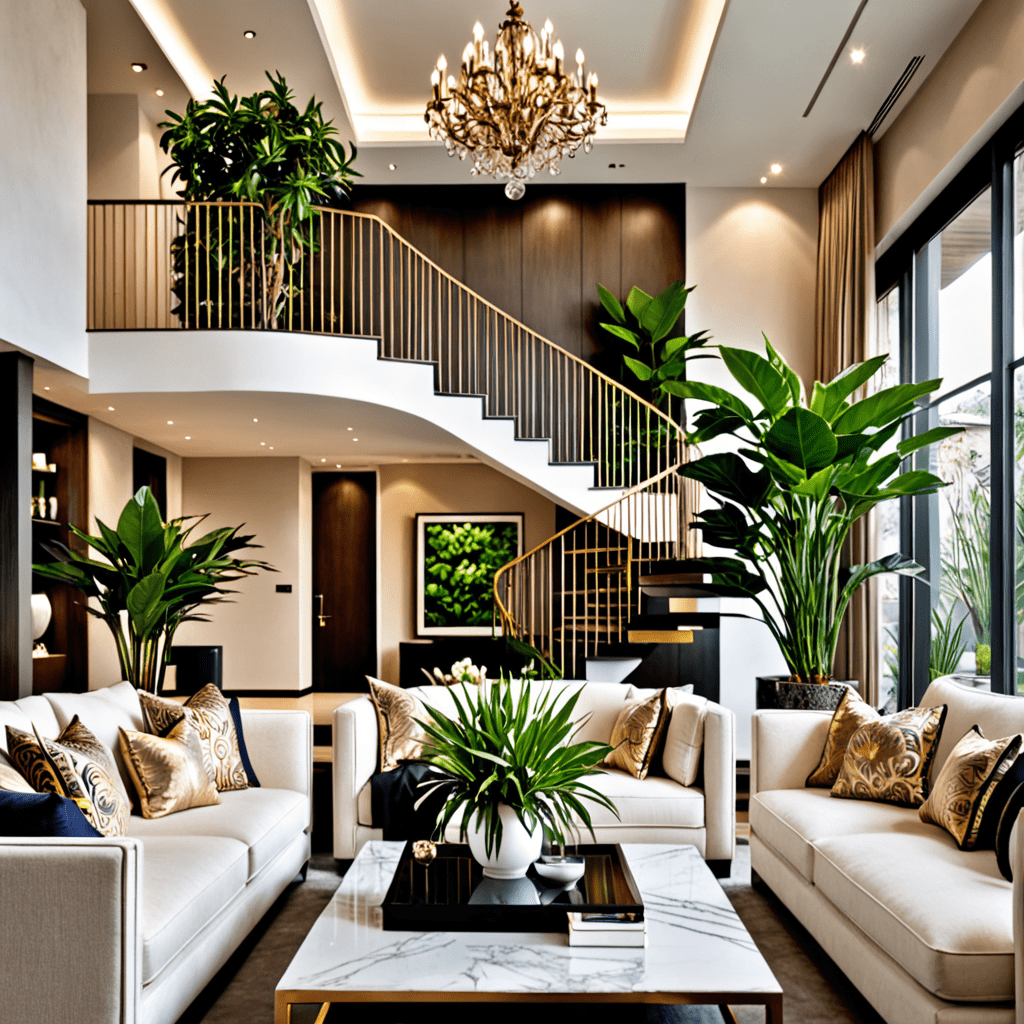

Transform Your Space with Stunning Plants in Interior Design
Enhancing interior spaces with plants has become a popular trend in recent years. Not only do plants add a touch of natural beauty to a room, but they also provide numerous benefits to our health and well-being. By incorporating plants into your interior design, you can create a serene and inviting atmosphere that brings nature indoors. Whether you have a green thumb or struggle to keep plants alive, there are a variety of options available to suit your needs and preferences. Let’s explore how plants can transform your space and bring new life to your home.
Benefits of Plants in Interior Design
Plants offer a multitude of benefits beyond their aesthetic appeal. Here are some of the key advantages of incorporating plants into your interior design:
- Improved air quality: Plants naturally filter the air by absorbing toxins and releasing oxygen. This can help reduce indoor pollution and create a healthier living environment.
Increased humidity: Plants release moisture into the air through a process called transpiration. This can help combat dryness in indoor spaces, particularly during the winter months when heating systems are in use.
Stress reduction: The presence of plants has been linked to reduced stress levels and increased feelings of calmness. Being surrounded by greenery can create a soothing and relaxing environment.
Enhanced productivity: Studies have shown that plants in the workplace can improve focus, concentration, and productivity. Incorporating plants into your home office can have similar benefits, boosting your efficiency and creativity.
Noise reduction: Plants can help absorb sound and reduce background noise, making your space quieter and more peaceful.
Improved mental health: Interacting with nature has been proven to have a positive impact on mental health. Having plants indoors allows you to connect with nature on a daily basis and can contribute to feelings of happiness and well-being.
Choosing the Right Plants for Your Space
When selecting plants for your interior design, it’s essential to consider factors such as lighting conditions, space availability, and maintenance requirements. Here are a few tips to help you choose the right plants for your space:
- Lighting requirements: Different plants have varying light requirements, ranging from low light to bright, indirect light. Assess the natural light conditions in your space to determine which plants will thrive best.
Space availability: Consider the size and layout of your room when choosing plants. Opt for smaller plants, such as succulents or ferns, for tight spaces or utilize vertical gardens for vertical space.
Maintenance: Evaluate your ability to care for plants regularly. If you have a busy lifestyle or tend to forget watering schedules, choose low-maintenance plants like snake plants or pothos.
Aesthetics: Consider the overall design style of your space and choose plants that complement it. While lush, tropical plants may suit contemporary spaces, minimalist designs may benefit from simple, sculptural plants like the fiddle leaf fig.
Creative Ways to Incorporate Plants into Your Interior Design
Now that you understand the benefits and considerations of incorporating plants into your interior design, let’s explore some creative ways to incorporate greenery into your space:
- Hanging plants: Utilize ceiling hooks or wall-mounted planters to suspend plants from above, adding a dynamic and visually striking element to any room.
Vertical gardens: Transform a bare wall into a lush vertical garden by installing modular planters or creating a trellis system for climbing plants.
Terrariums: Enhance the aesthetic appeal of your space with terrariums, which are small glass or acrylic containers housing miniature plants. These self-contained ecosystems require minimal maintenance and add a whimsical touch to any room.
Plant stands: Elevate your plants and create visual interest by using stylish plant stands or pedestals in various heights and materials.
Green screens: Use trellises or wire mesh to create green screens, allowing climbers and trailing plants to grow vertically, adding privacy and natural beauty to your space.
Living walls: Install a living wall, also known as a green wall, which consists of a vertical structure covered in plants. This stunning feature can serve as a focal point and dramatically transform the ambiance of any room.
Frequently Asked Questions (FAQ)
Q: How often should I water my indoor plants?
A: The frequency of watering depends on several factors, including the type of plant, its size, and environmental conditions. It’s best to check the soil’s moisture level before watering. Typically, indoor plants require watering once a week, but always observe your plants for signs of dryness or overwatering.
Q: Which plants are suitable for low-light conditions?
A: Some plants thrive in low light conditions, including snake plants, pothos, ZZ plants, and peace lilies. These plants can tolerate lower levels of light and still grow beautifully.
Q: How can I prevent pest infestations on my indoor plants?
A: To prevent and manage pest infestations, regularly inspect your plants for signs of pests, such as tiny insects or webbing. You can wipe down leaves with a damp cloth, use natural pest control methods like neem oil, or isolate infected plants until the issue is resolved.
Q: Are artificial plants a good alternative to real plants?
A: Artificial plants can be a suitable option for those who struggle to care for real plants or have low-light spaces. While they don’t offer the same air-purifying benefits as real plants, high-quality artificial plants can still add a touch of greenery to your interior design.
Q: Can I mix different types of plants in one pot?
A: Yes, mixing different types of plants in one pot can create a visually appealing and dynamic arrangement. Just ensure that the plants have similar care requirements to maintain healthy growth.
Q: What are some pet-friendly indoor plants?
A: There are several pet-friendly indoor plants, including spider plants, Boston ferns, areca palms, and money plants. However, even with these plants, it’s crucial to research any potential toxicity to ensure the safety of your pets.
Incorporating plants into your interior design can transform your space and bring a sense of serenity and vitality into your home. By understanding the benefits of plants, choosing the right ones for your space, and getting creative with placement and design, you can create a harmonious and beautiful environment that seamlessly blends nature and design. So why not bring the outdoors in and embark on a journey of plant-filled interior design?
